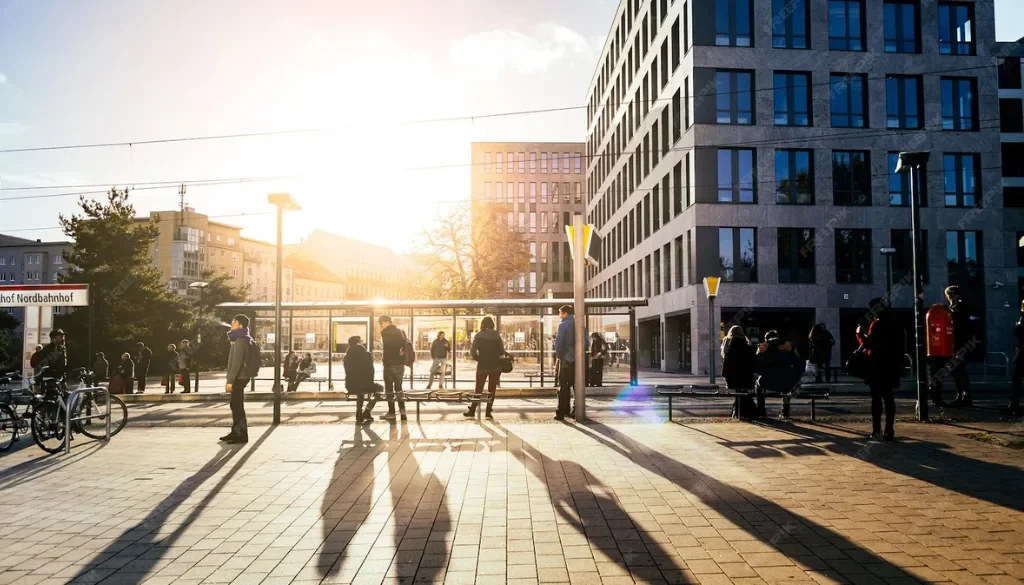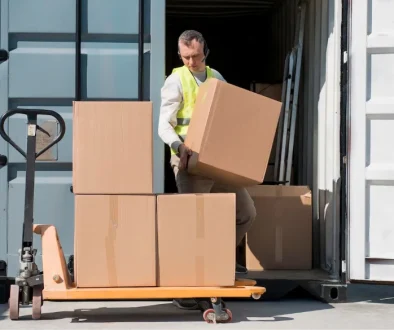What Comes After Legal Debt Collection? Judicial Phase and Asset Execution in Colombia
Trébol Jurídico S.A.SLegal Collection
When pre-legal management and collection notices do not work, many companies must initiate a legal debt collection process. But a key question arises: what happens after legal debt collection if the debtor still does not pay?
In Colombia, when the judicial process advances and the judge rules in favor of the creditor, the stage called execution of judgment begins. At this point, the process may involve the auction of properties, seizure of vehicles, and request for judicial orders to release money held in court accounts due to positive bank account garnishments. Below, we explain this clearly and step by step.
1. Judicial Declaration of the Debt: The Starting Point
Once the creditor files an executive claim supported by a valid enforceable title (such as a promissory note, electronic invoice, bill of exchange, payment agreement, or contract), the judge reviews the case and, if everything is in order, issues a payment order.
If the debtor does not pay or present a valid defense, the process continues to the asset execution phase. This is where many people wonder what comes after legal collection… and this is when asset seizures and auctions begin.
2. Asset Seizure: The Most Common Measure
If the debtor fails to comply with the judge’s order, the next step is to request the execution of seized assets. These may include:
- Bank accounts or investments
- Salaries (above the exempt minimum)
- Movable property (vehicles, machinery)
- Real estate (houses, commercial properties, warehouses)
- Contracts with public or private entities
- Shares in other companies
3. Judicial Auctions of Real Estate
After assets are seized, the next step is requesting a judicial auction if payment remains outstanding. This process allows the seized property to be sold publicly, and the proceeds are delivered to the creditor.
It is important to note that not all properties can be auctioned: certain assets are legally protected, such as family homes under special property regimes or social interest housing.
4. Seizure or Immobilization of Vehicles
Creditors may also request the immobilization of vehicles registered under the debtor’s name. In such cases, the court appoints a custodian to secure the vehicle, which may later be auctioned if noncompliance continues.
Sometimes debtors attempt to hide or transfer vehicles, but once the garnishment is registered with the transportation authority, the vehicle becomes legally blocked.
5. Salary Garnishment and Monthly Retention
Another frequently used measure is the garnishment of wages, as long as they exceed the legal minimum, which is exempt from seizure. The judge orders the employer to withhold a percentage of the debtor’s salary each month and transfer it to the court until the debt is paid.
6. Seizure of Movable Property and Virtual Garnishments
Other possible seizures include machinery, inventories, partnership rights, company shares, and investment securities.
Today, many of these measures are even handled electronically, such as the virtual garnishment of bank accounts through the Judicial Branch’s digital platforms.
Conclusion: What Really Happens After Legal Debt Collection
If the debtor neither pays nor reaches an agreement, the following can occur after legal collection:
- Seizure of accounts or assets
- Salary garnishment
- Auction of real estate
- Immobilization of vehicles
- Blocking of assets or company shares
This is why it is essential for companies to understand that the judicial process does not end with filing a claim: it can truly lead to forced execution of assets.
At Trébol Jurídico…
Our goal is not to threaten or pursue, but to clearly explain how far the law can go in recovering a debt. It is not only about sending notifications but also understanding that if there is no payment, a legal collection process can advance to the seizure and auction of assets.



